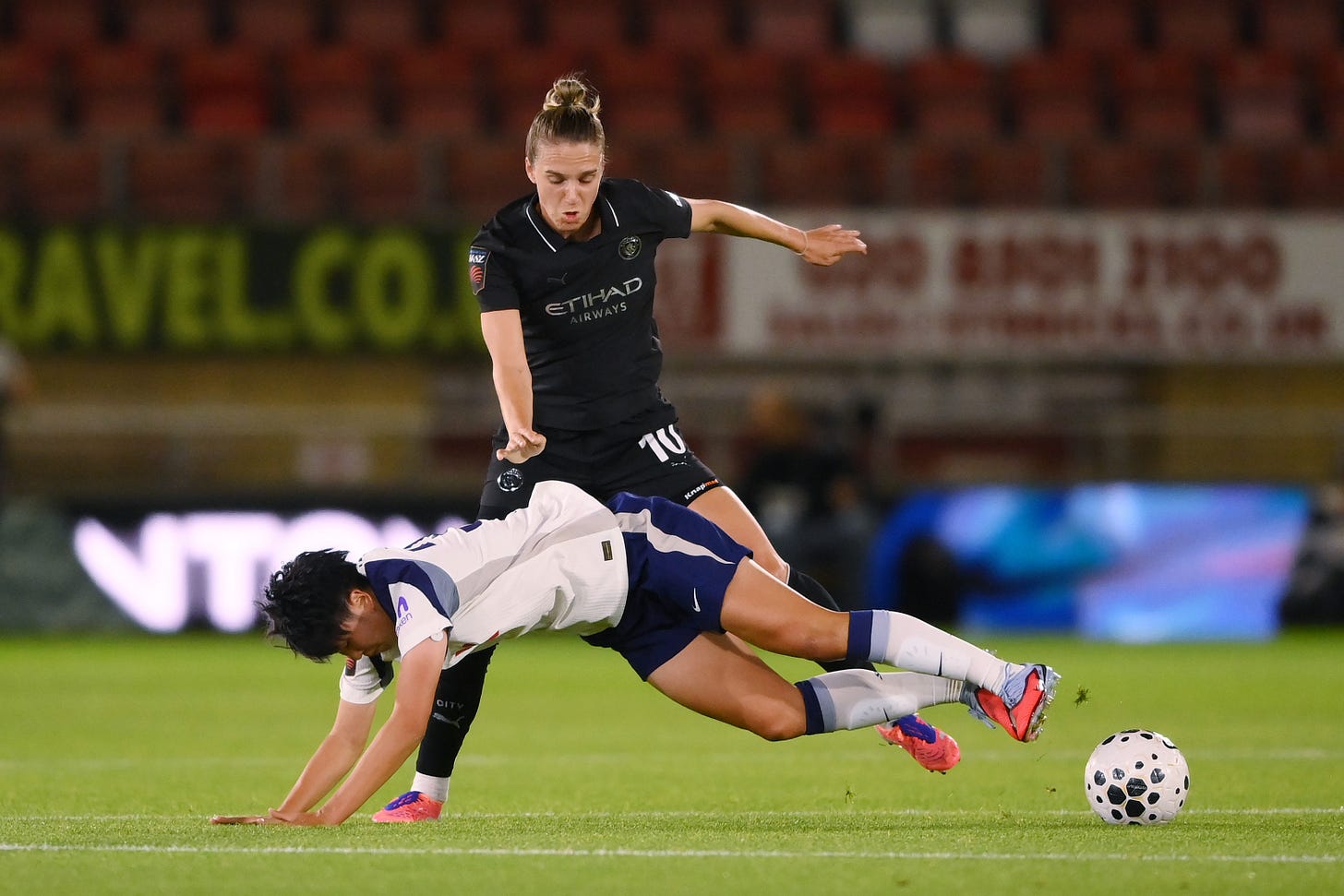Why optimism reigns for Tottenham Hotspur despite latest thrashing by Manchester City
In the wake of a 5-1 loss to Man City, Rachel Cohen analyses what we've learned from Martin Ho's first three matches as Spurs manager

It’s not all gloom.
Spurs lost 5-1 to Manchester City.
Friday’s scoreline did not lie. Per FotMob, Spurs gave up 25 shots (for a combined xG of 4.56) and managed only six shots (xG = 0.47).
After the game, manager …




